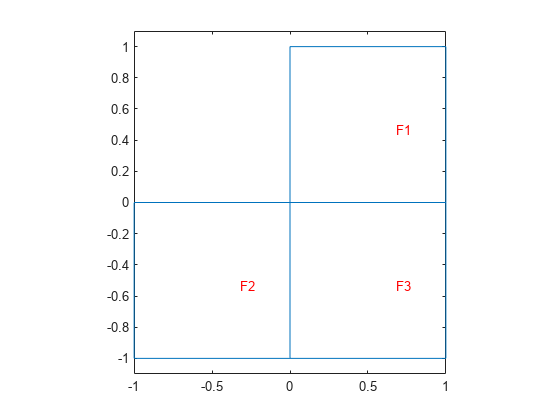findElectromagneticBC
(To be removed) Find electromagnetic boundary conditions assigned to geometric region
Since R2021a
findElectromagneticBC will be removed. Use
the FaceBC and EdgeBC properties property of femodel
instead. (since R2023a) For more information on updating your code, see Version History.
Description
emBC = findElectromagneticBC(boundaryConditions,RegionType,RegionID)
